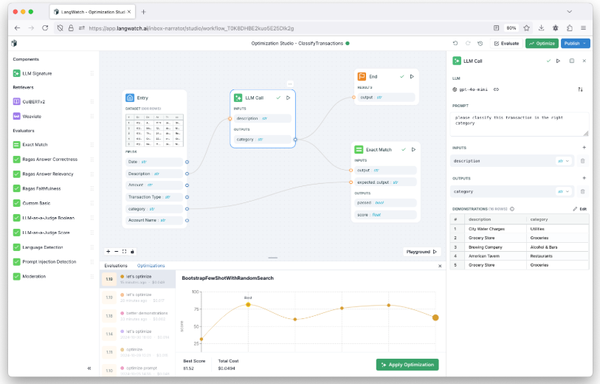Using Open-Source Tools in Chemical Engineering
Table of Content
Open-source tools are revolutionizing different fields, including chemical engineering, by offering powerful, flexible, and cost-effective solutions for process optimization, research, and design. From simulation software to data analysis solutions, engineers can handle complex problems without needing proprietary tools.
Whether you’re a researcher, student, or an expert, these open-source solutions can improve your productivity and drive innovation. Read on to learn everything about using these tools in chemical engineering.
What Are Open-Source Tools?
Open-source tools are software programs with source codes available for anyone to inspect, modify, and improve. The source codes are developed and maintained through open collaboration and are available to the public for free.
Besides being collaborative, tools like open-source chemistry libraries are flexible because they allow others to easily customize and use them for other projects. These tools can be useful in various programming projects, as they help speed up development, add new features, and make your project more comprehensive.
However, before using an open-source tool, you must confirm that it fits your project. You must also consider the size and complexity of your project and your capabilities. It is important to follow the best practices when using open-source tools.
Key Open-Source Tools in Chemical Engineering
Simulation software and other programs are becoming more popular in chemical engineering. They help students better understand during learning and are useful for evaluating performance and visualizing experiments. Here are the important open-source tools in chemical engineering.
1- DWSIM
This open-source process simulator is popular for modeling and simulating chemical processes. It offers thermodynamic calculations, flow-sheeting, and equipment modeling. It is a useful alternative to commercial simulators. DWSIM supports multiple thermodynamic models, allowing users to customize their simulations using Python.
2- OpenFOAM
OpenFOAM is a computational fluid dynamics software that simulates heat transfer, fluid flow, and other chemical reactions. It helps to model multiphase flow and optimize reactor designs.
3- RDKit
This is a popular toolkit for molecular modeling and cheminformatics. RDKit is useful in drug discovery, materials science, and process optimization. This open-source tool enables molecular structure analysis and reaction modeling with Python.
4- Cantera
Cantera is helpful software for thermodynamics, chemical dynamics, and transport processes. It also applies highly to reaction engineering, combustion modeling, and electrochemistry. Its MATLAB and Python interfaces make it flexible for integration into larger simulations.
5- COCO Simulator
The CAPE-OPEN to CAPE-OPEN or COCO simulator is free modular process simulation software. It supports CAPE-OPEN standards, which make it compatible with other simulation tools. The simulator also has a thermodynamic package, a flow-sheeting environment, and unit operation models for process engineers.
Practical Applications of Open-Source Tools in Chemical Engineering
Open-source tools support cost-effective and efficient solutions across several aspects of chemical engineering. Researchers, experts, and even students pursuing advanced degrees in chemical engineering find these tools helpful.
Process simulation tools like COCO and DWSIM help engineers design, optimize, and troubleshoot chemical plants without costly proprietary software. Tools like OpenFOAM help in computational fluid dynamics as they model flow and reactions in pipelines and reactors.
Others offer features like drawing chemical structures, while others support combustion modeling, reaction kinetics, drug formulation, catalyst design, and molecular analysis. These tools help with innovation and research, improve collaboration, and offer several industrial applications.
Endnote
Open-source tools are useful in chemical engineering because they offer flexible and cost-effective solutions. DWSIM, OpenFOAM, RDKit, Cantera, and COCO Simulator make engineering modeling easier without the need for costly investments in newer software.








